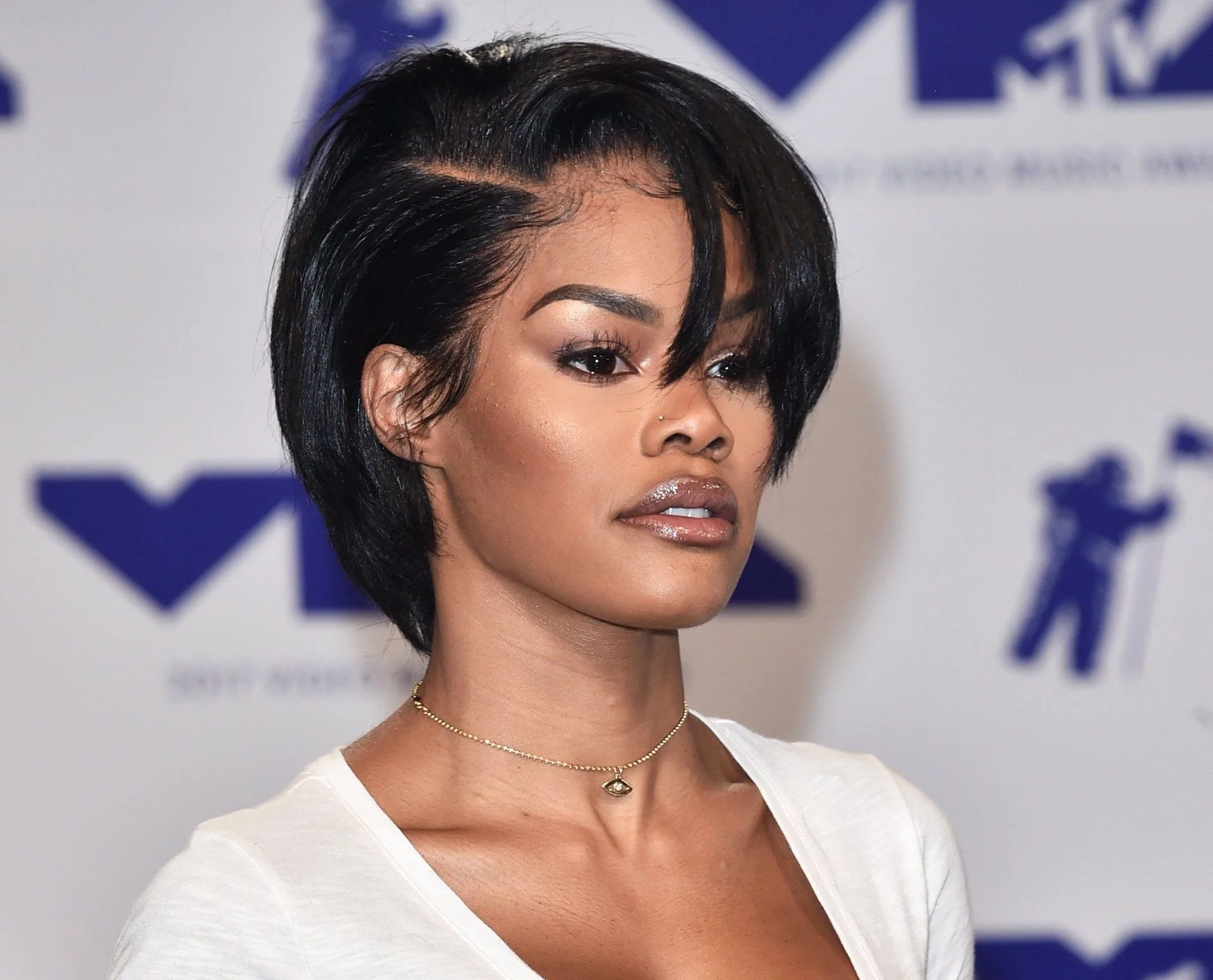Victoria’s Secret is Out: An Outdated Fantasy
This year’s annual Victoria Secret Fashion Show, which aired on December 2nd, was no different from past shows--models were all one size (skinny), cis, and their skin tones varied within a narrow spectrum of beige (with the exception of a few). Although the brand claims that the runway was 50% models of color this year, one thing was for certain: they clearly haven’t learned anything about the importance of diversity.
Back in November, Vogue released an interview with Ed Razek, Victoria’s Secret’s Chief Marketing Officer, in which he made alarming comments about why having transgender and plus size models in the show is something that’s never going to happen.
“If you’re asking if we’ve considered putting a transgender model in the show or looked at putting a plus-size model in the show, we have...We market to who we sell to, and we don’t market to the whole world,” said Razek. How would he know who actually shops in the stores?
“Shouldn’t you have transsexuals in the show? No. No, I don’t think we should. Well, why not? Because the show is a fantasy. It’s a 42-minute entertainment special. That’s what it is. It is the only one of its kind in the world, and any other fashion brand in the world would take it in a minute, including the competitors that are carping at us,” he continued.
He even goes so far as to compare the models that they use to thoroughbreds, like race horses--“you can't overwork them or they would get exhausted and not perform at their best." Razek monitors them closely on social media to make sure that they measure up to his “fantasy.”
After these hurtful comments were made, Jan Singer, the CEO of Victoria Secret’s parent company, L Brands Inc, resigned instead of Razek. Another male executive has taken her place. Razek made a half-hearted attempt at an apology on social media, but only addressed the transgender comments, and not the ones he made about plus size models. With all of this in mind, it’s not surprising that this year’s lineup was more of the same. While lack of inclusion regarding gender and size seem to be the forefront of the conversation, colorism seems to be overlooked.
Please read this important message from Ed Razek, Chief Marketing Officer, L Brands (parent company of Victoria’s Secret). pic.twitter.com/CW8BztmOaM
— Victoria's Secret (@VictoriasSecret) November 10, 2018
The brand boasted about having a more ethnically diverse lineup this year, with 19 new faces, but these claims did not match what I saw on the runway. While there were more models of color, they were all on the lighter end of the skin tone spectrum, with the exception of a few. This begs the question; can a fashion show truly be considered inclusive if the models of color that are chosen still resemble the same European features and skin tones as their Caucasian counterparts? If I can count on one hand the number of dark skinned models that I saw out of the 49 that walked, that’s not a good sign. When these women are backstage, who is doing their makeup? If the majority of the models have light skin tones, I can’t imagine the makeup team would find it important to use a brand with a shade range wide enough to include the darker models.
These things are constantly being overlooked in the fashion and beauty world. While Victoria’s Secret and other brands have made progress in including minorities, they tend to go for what is comfortable; minorities that are close enough their version of a “fantasy.”
You can watch a critique of the fashion show here:
And you can watch the full Victoria’s Secret Fashion Show here:




